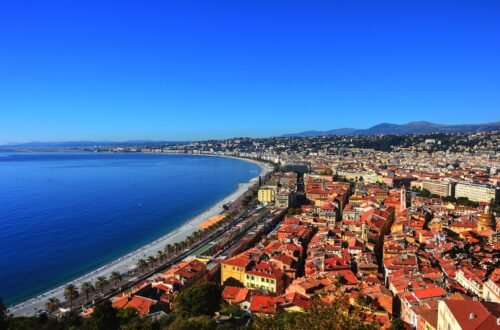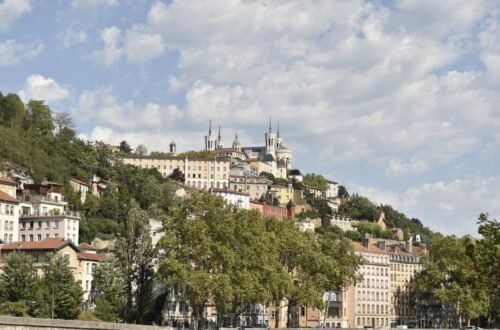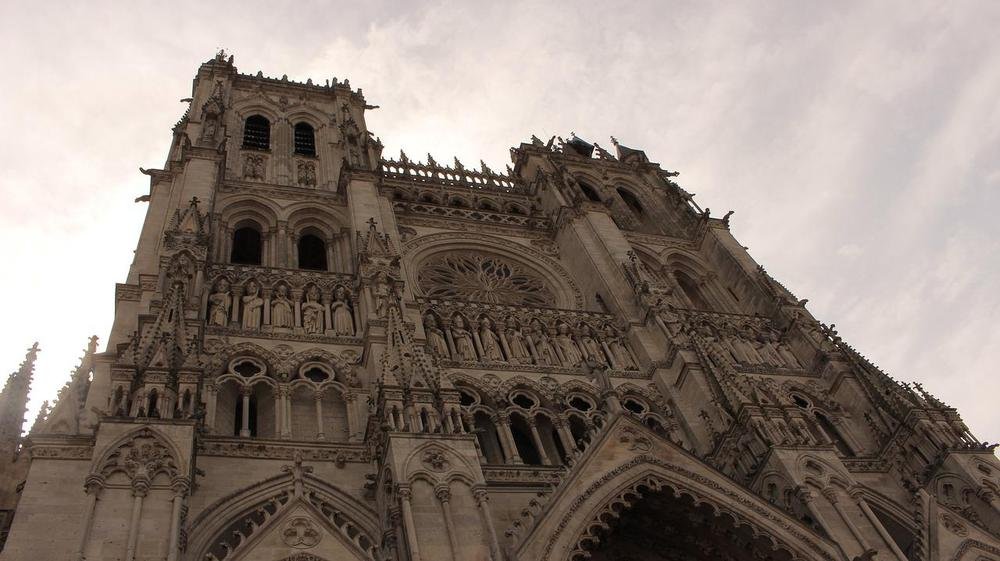
15 Things to Visit in Amiens (France)
It sounds like the moniker “Venice of the North” would be challenging to uphold. However, Amiens does a terrific job with its canal district and floating gardens. You could catch a barge and cruise through the Hortillonnages, historic farmland reclaimed in the middle ages from former marshes, or stop at a canal-side cafe on a cobblestone street in Saint-Leu. The highest nave in France and its jam-packed interior of magnificent gothic and Renaissance art are features of Amiens’ World Heritage cathedral, which has yet to be mentioned. Since people have been residing in Amiens since the middle Pleistocene epoch, or roughly 350,000 years ago, you can go even further back in time. At the Parc de Samara, which recreates prehistoric homes, or the Musée de Picardie, which features local artefacts, you can learn about anthropology. Let’s examine the top activities in Amiens:
- Amiens Cathedral
- Les Hortillonnages
- Saint-Leu
- Maison de Jules Verne
- Musée de Picardie
- Marie-sans-Chemise
- Zoo d’Amiens
- Parc de Samara
- Cimetière de la Madeleine
- Tour Perret
- Cité Souterraine de Naours
- Musée Lombart
- Cycling in the Noye Valley
- Somme River Trips
- Cuisine
Amiens Cathedral

This cathedral is among the greatest in the world thanks to a variety of factors, so it’s no surprise that the structure is a UNESCO World Heritage Site. First, the measurements Amiens Cathedral was constructed with the intention of flooding the nave with light, and in order to do this, the building had to be as tall as possible. At over 42 meters, the nave at Amiens is only surpassed in France by Beauvais Cathedral, which couldn’t support its own weight. You must see the exquisite polychrome sculpture from the 15th and 16th centuries, as well as the interior Renaissance oak choir stalls. But even before you enter you may lose minutes in awe at the gothic carvings on the western facade and southern portal. Amiens’ “Son et Lumière” presentations are depicted in vibrant light on summer evenings.
Les Hortillonnages
.jpg)
On the western side of Amiens, within walking distance of the cathedral, the city gives way to a 65-kilometre network of canals coursing through reclaimed farmland with small houses. These floating gardens are market gardeners known as “hortillons,” who have been cultivating these areas since the Middle Ages. The best way to experience this gorgeous man-made setting is via a 45-minute flat-bottomed “barque” tour, which also provides background information on how the gardens were created. You could then strike out on your own on foot and take extra time to photograph the pretty little bridges that cross the canals.
Saint-Leu
_(7).jpg)
The streets are lined with canals coming from the River Somme just a few steps from the cathedral. You may spend a leisurely afternoon strolling through the canals and painting antique homes that once had waterwheels attached. Although Rue d’Engoulevent, Rue du Don, and Rue du Pont Moinet are especially lovely, the entire neighbourhood is worth seeing. This Amiens neighbourhood was once run-down, but because of the numerous students, there are now cafes, restaurants, and stylish pubs, as well as a vibrant, young vibe. The hortillons go along the Somme in their “barques à cornet” on the third Sunday in June in order to sell their fruits and vegetables from the dock in Saint-Leu.
Maison de Jules Verne
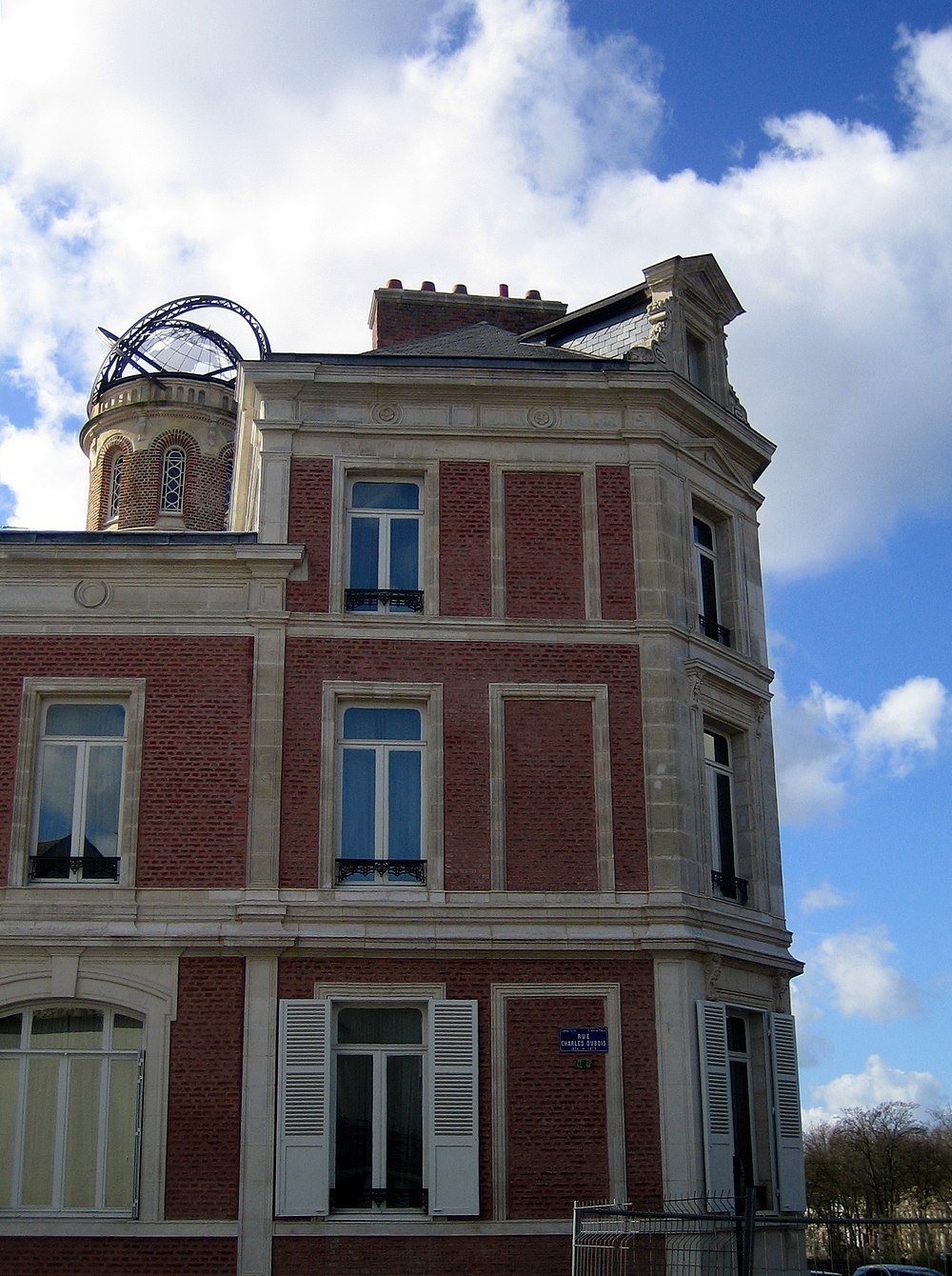
The red-brick Maison à la Tour at 2, Rue Charles Dubois was Jules Verne’s home for 18 years until his death in 1905. The structure takes its name from a peculiar tower that is topped by a dome-shaped skylight that illuminates the spiral staircase you’ll use to navigate this fascinating attraction. Fans of Verne’s books will get chills knowing he wrote 30 novels right at this address, and the house is filled with his personal items, memorabilia, and an archive of his writings. The third level of the house is intended to resemble the Nautilus submarine’s bridge from 20,000 Leagues Under the Sea.
Musée de Picardie
,_Musée_de_Picardie,_Amiens_01.jpg)
The Musée de Picardie has been regarded as the premier regional museum since it first opened its doors in 1867. There are displays that go beyond the typical opulent collection of paintings from the 1400s to the 1900s to provide more background information on Picardy’s ancient past and prehistory. Palaeolithic hand axes, Neolithic pottery, and Bronze Age weapons have all been discovered nearby. The common glassware, a Roman legionary’s knapsack, and a magnificent Limoges-made enamel dove from the 13th century are more modern artefacts. The art collection is very excellent, featuring works by El Greco, Courbet, Jacob Jordaens, Anthony van Dyck, and Camille Corot, just to name a few.
Marie-sans-Chemise
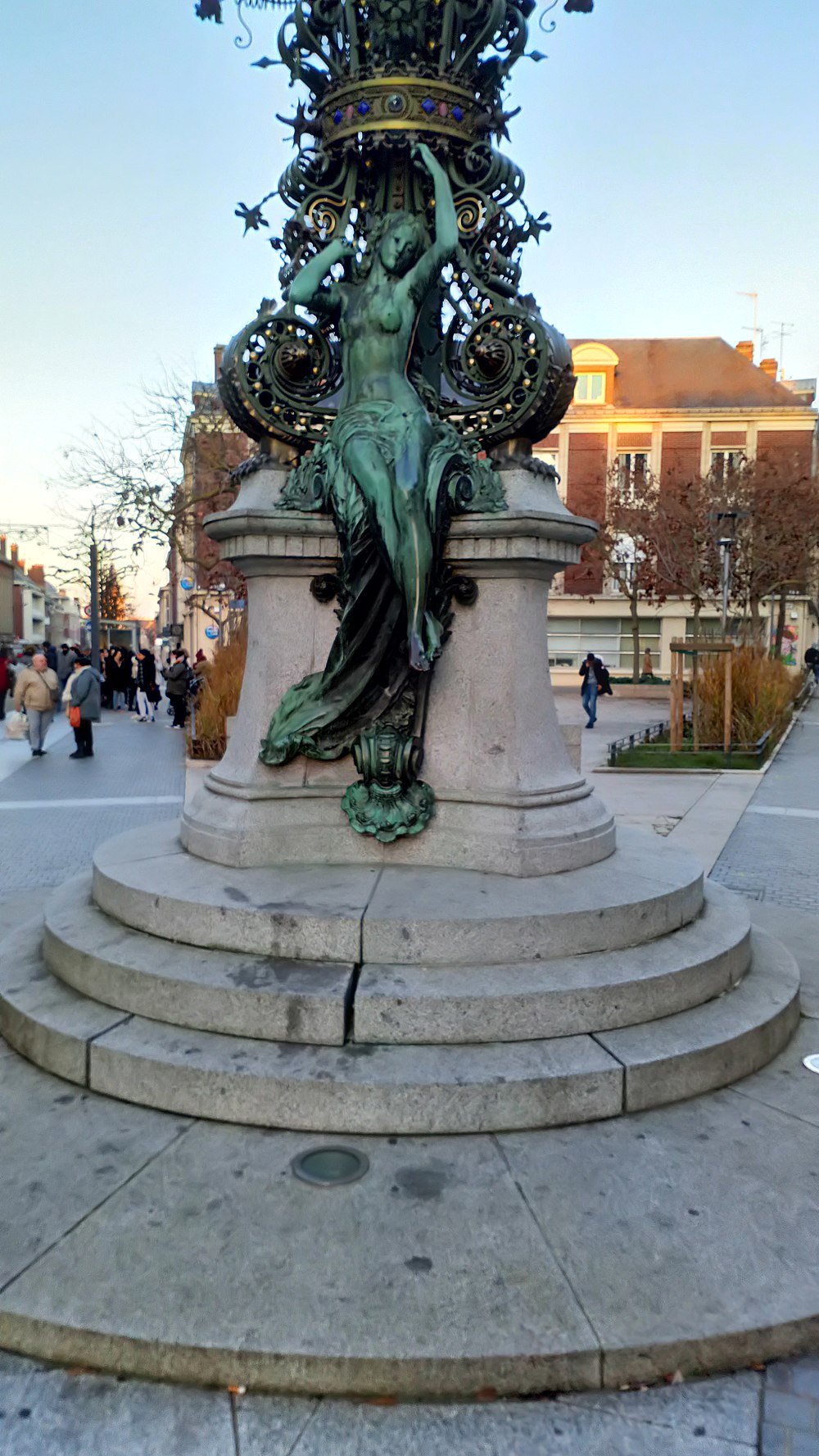
Sculptor Albert Roze spent his entire career in Amiens, where he was born and raised. His most well-known piece, “Marie-sans-Chemise” (Marie, shirtless), was produced in 1897 and caused quite a stir at the time. The statue, an allegory of Spring, is now located at the intersection of Rue des Sergents and Rue des Crignons. The sculpture for Jules Verne’s tomb, which is open for visitors to see in Amiens, was also made by Roze. The architect Émile Ricquier created the lovely rococo-style clock that hangs next to Marie-sans-Chemise. It has three faces that were formerly illuminated by gas lights.
Zoo d’Amiens
Amiens’ zoo is conveniently located adjacent to the city centre, so you won’t have to travel far to find family-friendly activities there. The 6.5 hectares of woods, where many of the trees are older than 100 years, is as green as it gets. There are enclosures along nature walks with anything from tiny goats to African elephants. There are over 70 different species represented by a total of 300 animals. The enclosures are surrounded by natural barriers, such as moats, whenever possible, and the park anticipates building even more enclosures by 2019. Currently, seeing everything will take you two to three hours.
Parc de Samara
,_parc_Samara,_allée_des_pierres_levées,_enclos_de_palissades.jpg)
This educational facility is located just west of Amiens, and it may provide you with the anthropological excursion of a lifetime. You can learn about how our ancient ancestors lived and follow the development of human technology from Cro-Magnon Man up to Roman times. It’s a thoroughly hands-on attraction too, as each little settlement has huts with workshops, where enthusiastic staff demonstrate prehistoric or ancient crafts like pottery, smithing, basket-weaving, wood-carving, and even the basic skill of starting a fire. The 100-hectare park also has an arboretum with Scandinavian reindeer and a hedge maze that was modelled by the one at the cathedral in Amiens.
Cimetière de la Madeleine

One of the attractions of this 19th-century cemetery on the city’s northwest outskirts is Jules Verne’s final burial place. But that’s not the only reason to come, as the graveyard is in 18 hectares of hilly woodland and is presented to the public as a calm and leafy place to learn about the kind of wealth that Amiens enjoyed in the 1800s. There are many ornate tombs and funerary statues belonging to industrialists and other wealthy families, some the worse for wear after 150 years of erosion. As a physical representation of Verne’s enduring memory, his memorial, which features that sculpture by Albert Roze, has been repaired and appears brand new.
Tour Perret

This 110-meter residential skyscraper looks like nothing else in Amiens and was built right after the war as part of a plan to redevelop the area around the city’s train station. The entire Le Havre city centre was rebuilt by Auguste Perret, a forerunner of contemporary architecture. Even though the tower in Amiens has been closed to the public for a long time, it is nonetheless worth exploring as his work there has now been recognized by UNESCO. If by day the concrete tower looks a little austere, at night it’s awash with colour due to an LCD lighting system added in 2005
Cité Souterraine de Naours
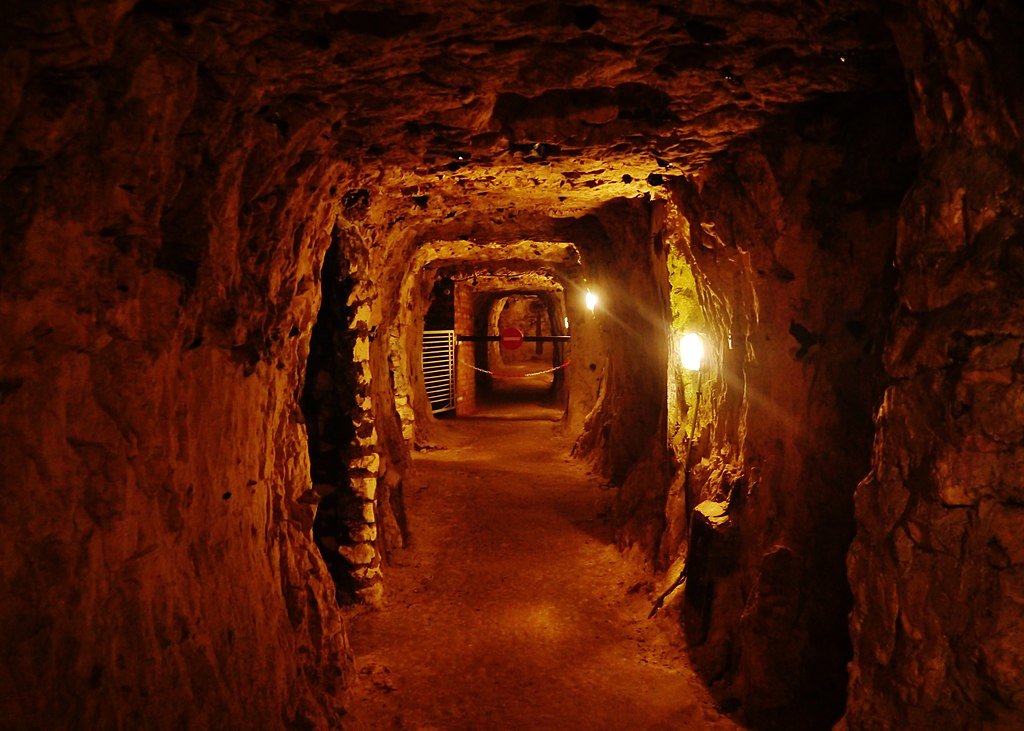
The town of Naours lies about 20 minutes north of Amiens, and for more than a thousand years, the locals there sought safety below in a complex system of limestone tunnels. As a result of the numerous invasions and conflicts that plagued this fiercely contested area of the country, they were started in the year 800 and would be required intermittently for a very long time to come. You’ll be guided 33 meters beneath a hill into more than 2 kilometres of galleries, learning about the salt smugglers who used the system to avoid Louis XVI’s salt tax and how the German and British armies used the tunnels in both wars.
Musée Lombart
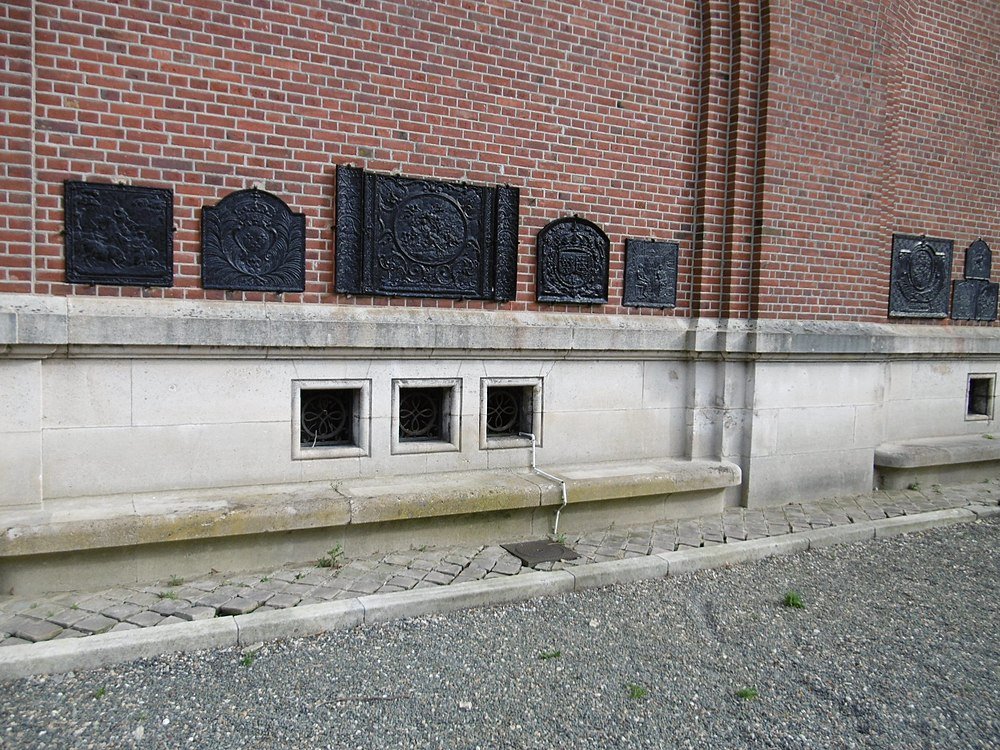
A few minutes past Naours you can stop in Doullens for this enthralling museum created by Jules François Lombart, a 19th-century chocolate manufacturer. The attraction, which had a specially constructed location, debuted in 1908 amid much excitement. The minister of agriculture and other dignitaries from Paris travelled to the occasion. There are works by notable French School painters such Charles-François Daubigny, Jean Siméon Chardin, and Camille Corot. But what’s also fun about the museum is how eccentric the collections are, ranging from samurai armour and ancient weapons to Egyptian mummies from the 18th Dynasty, 3,500 years ago.
Cycling in the Noye Valley
_03.jpg)
The tourism office in Amiens can provide you with some great day trip options whether you have your own bike or wish to rent one. One would be a 31-kilometre path with signs that direct hikers to the picturesque surroundings along the Noye River, just southeast of Amiens. You’ll go through villages with traditional homes and settings steeped in regional mythology, such as La Faloirse, Chirmont, and Sourdon, which are surprisingly charming. At Folleville there’s a UNESCO-listed church and the haunting ruins of a medieval castle, while the lake at Berny-sur-Noye has pedalos and crazy golf in summer.
Somme River Trips
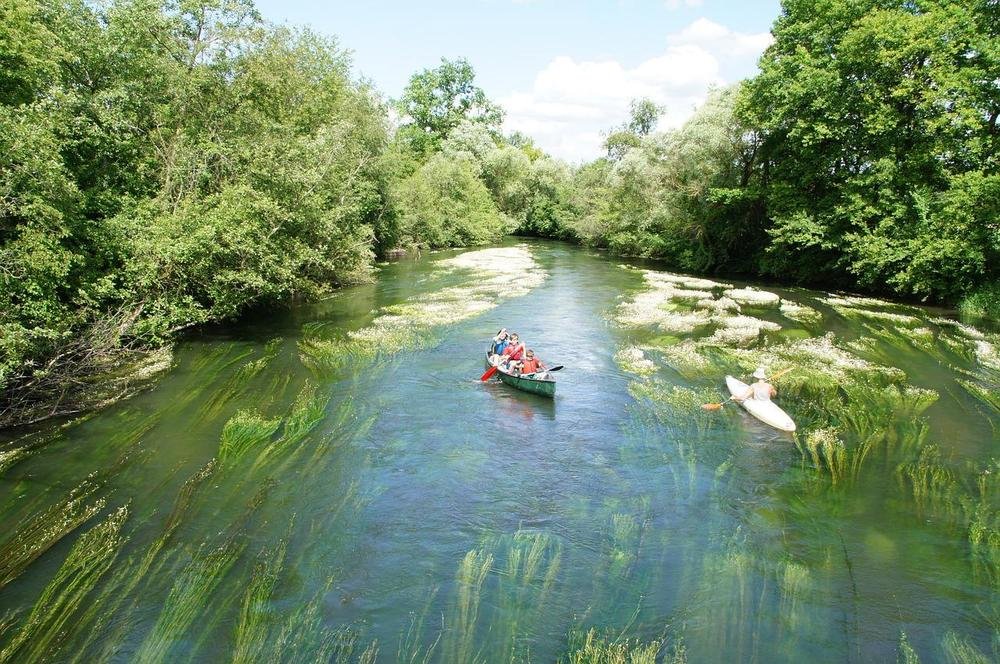
Guided canoe excursions are offered on the Somme in summer, and a favourite trip is to float down the river for two hours from Ailly-sur-Somme to Picquigny, both just a few minutes in the car from Amiens. As you travel, you’ll be impressed by how serene the area is. If you keep your mouth shut, you could even see some of the river’s fauna. On the banks, you can find herons, small grebes, kingfishers, deer, dragonflies, and other amphibians. And when you’re on dry land in Picquigny the medieval village will be yours to explore: Ramble up to the ruins of the castle, which reign over the village and the green valley that cradles it.
Cuisine
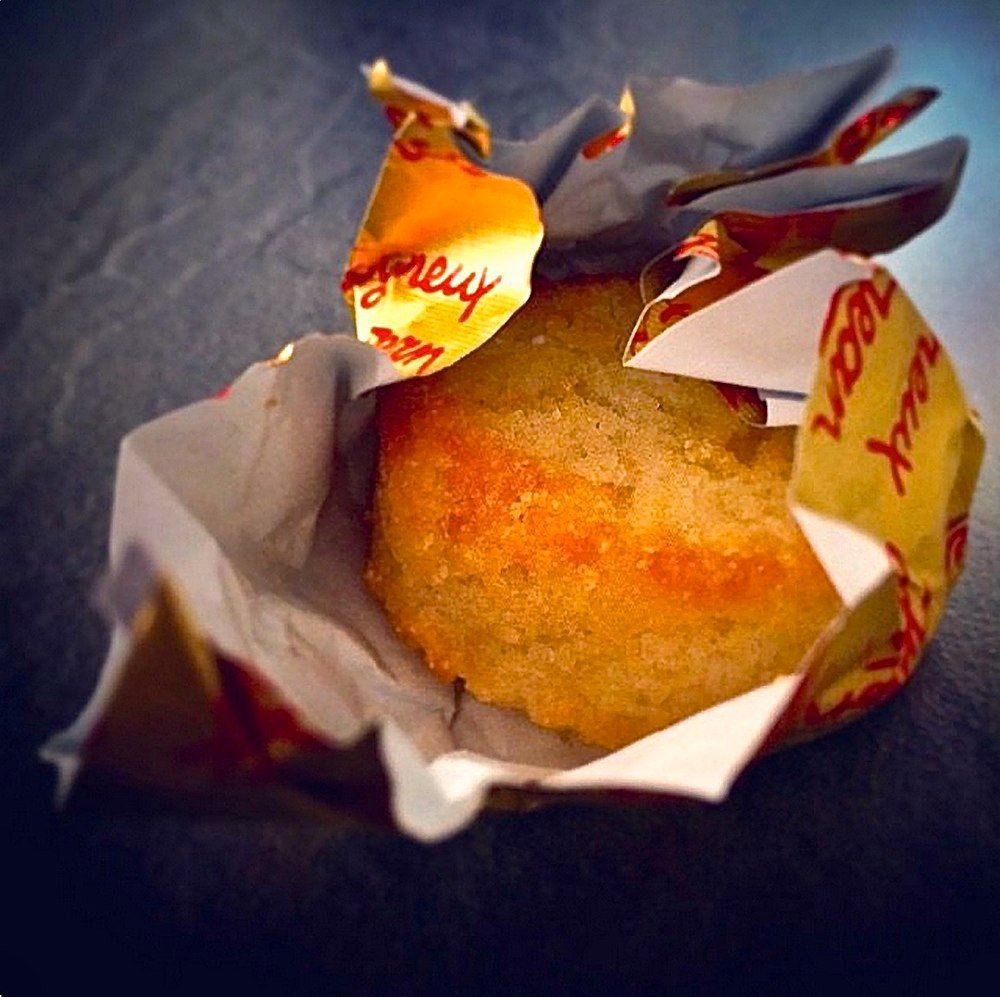
Amiens has a distinguished gastronomic heritage, in part because of the beautiful, fertile region around the city. Try the duck pâté, which is made with brandy, truffles, apples, and pork belly, or, for something sweeter, the Macarons d’Amiens, which are created with almond paste, eggs, and honey. The Soupe des Hortillons, a spring vegetable soup with broccoli, carrots, and cabbage, was created as a result of the vegetable gardens that were established in the nearby marshes. And for a hearty main dish, see if you can locate Ficelle Picarde, a local crepe loaded with ham, onions, and mushrooms that is then baked with grated cheese on top.


